Rewilding is an innovative conservation approach aimed at restoring and protecting natural processes and wilderness areas. This concept encompasses the reintroduction of species that have been extirpated or are severely diminished in certain ecosystems, with the goal of allowing these ecosystems to maintain their natural balance. Among the most debated species in Europe’s rewilding discourse are big cats, such as lynx and possibly even larger predators like leopards. This article explores the complex and contentious topic of rewilding big cats in Europe’s diverse environments.
Historical Context of Big Cats in Europe
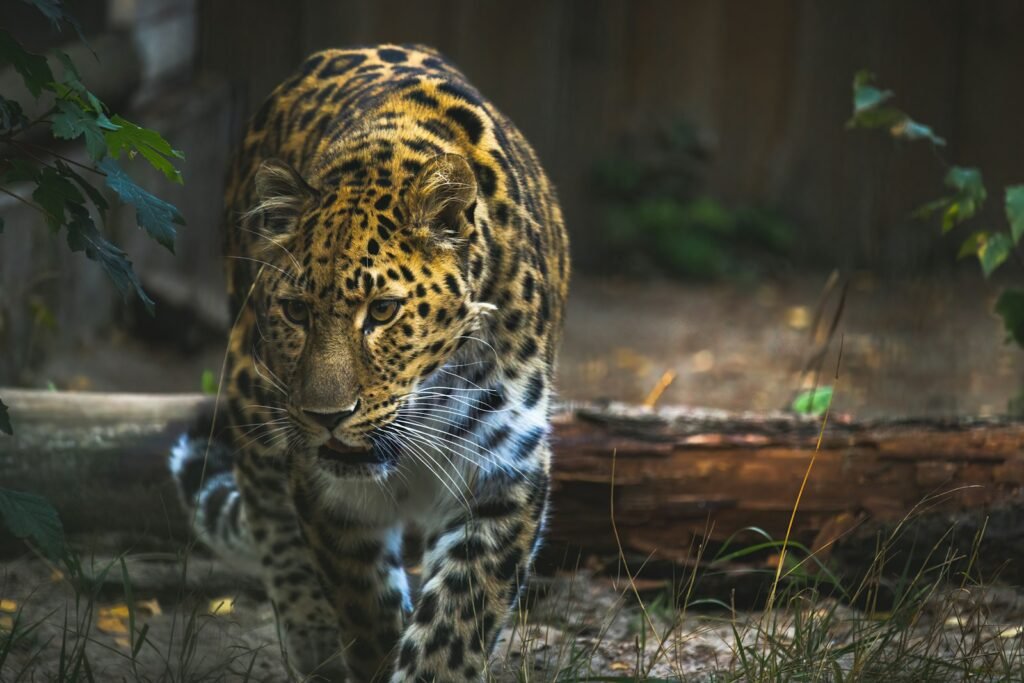
Historically, big cats such as the Eurasian lynx and the Iberian lynx roamed vast parts of Europe, while other large cats like the leopard and the European cave lion were more ancient residents of European territories. However, due to a combination of hunting, habitat loss, and human encroachment, these species either became extinct in specific regions or experienced dramatic population declines. Understanding this historical context is essential as it provides insights into the challenges and potential benefits of rewilding programs.
The Role of Big Cats in Ecosystems
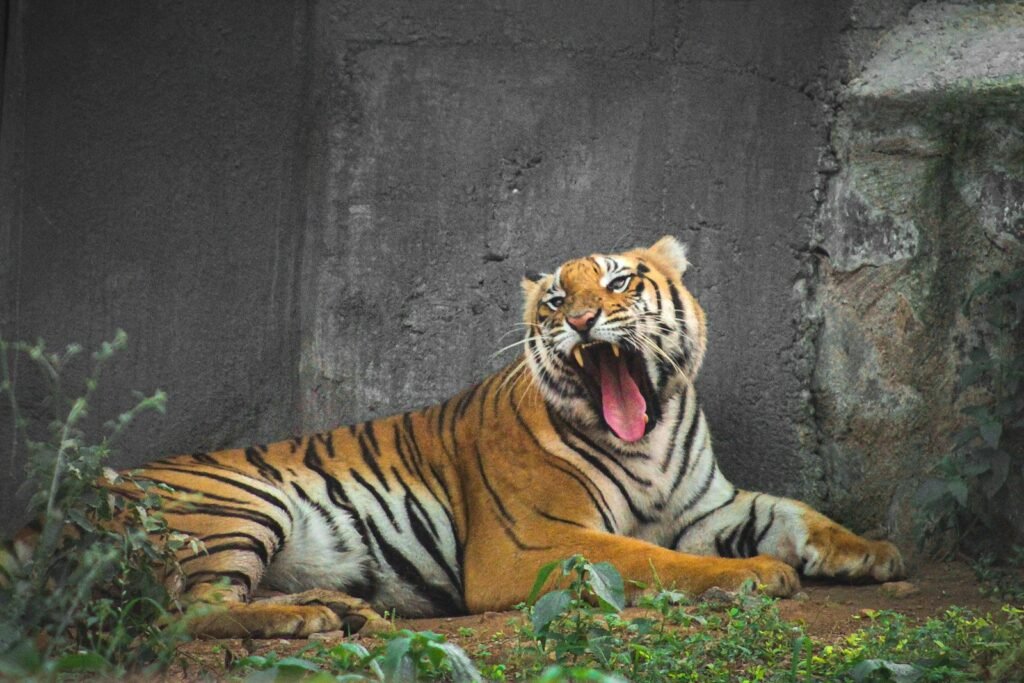
Big cats are apex predators, meaning they play a crucial role in maintaining the health and balance of ecosystems. They regulate prey populations, which in turn can affect vegetation and overall biodiversity. For example, by keeping herbivore numbers in check, big cats help prevent overgrazing, allowing plant life to flourish. This cascade of interactions highlights the importance of apex predators in maintaining ecological integrity and resilience.
Current Status of Big Cats in Europe
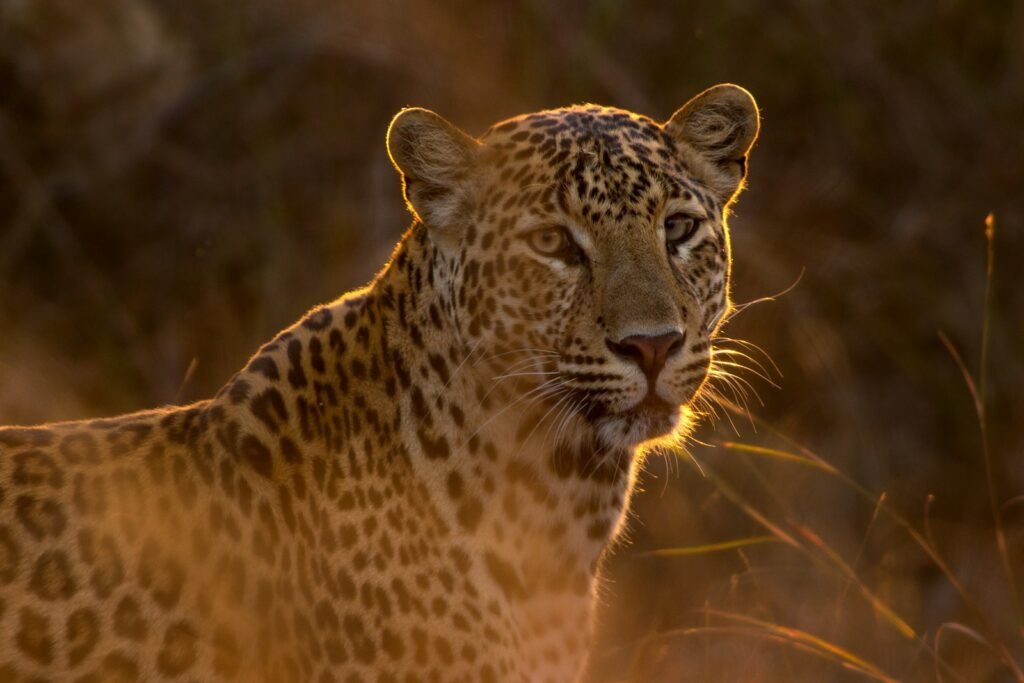
Efforts to conserve and reintroduce big cats in Europe have met with varying degrees of success. The Eurasian lynx has been reintroduced in several countries with moderate success, but populations are still fragmented and face numerous threats. The Iberian lynx, once on the brink of extinction, has shown signs of recovery due to intensive conservation efforts. However, challenges remain, such as genetic diversity and habitat connectivity.
Potential Benefits of Rewilding Big Cats
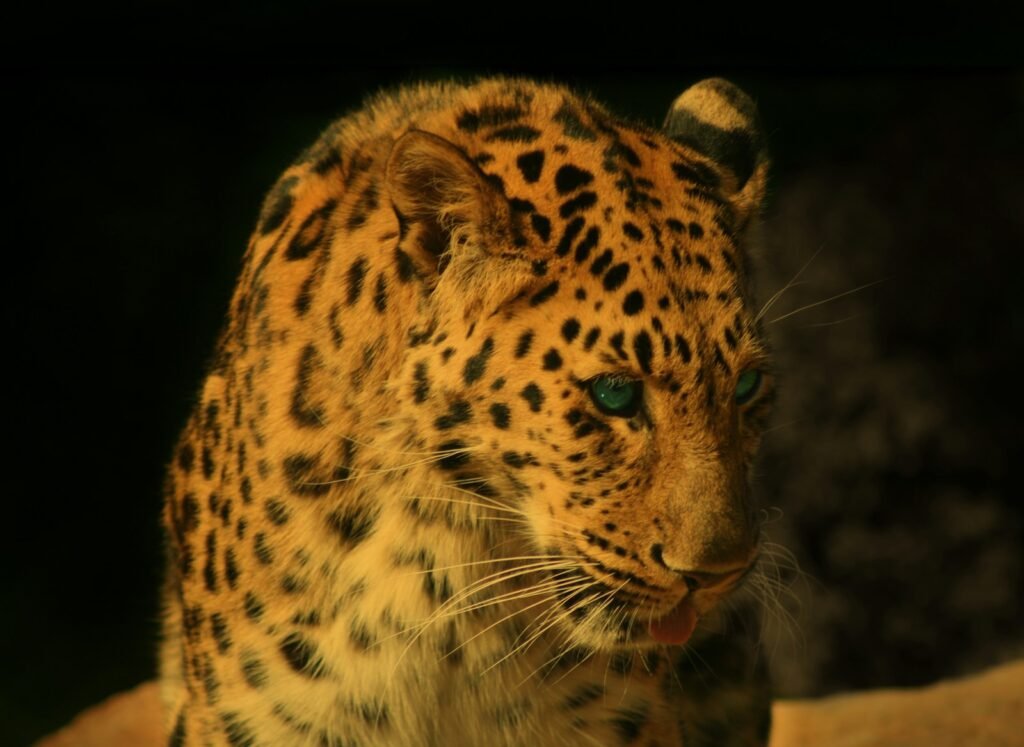
Rewilding big cats could offer numerous ecological and socio-economic benefits. Ecologically, the reintroduction of these predators could restore natural processes and increase biodiversity. Socio-economically, the presence of charismatic megafauna could boost ecotourism, providing an economic incentive for local communities to participate in conservation efforts. Furthermore, rewilding projects may foster a renewed appreciation and connection to nature, promoting environmental stewardship.
Challenges and Controversies

Despite the potential benefits, rewilding big cats in Europe faces significant challenges and controversies. One major concern is human-wildlife conflict, particularly with local farmers who fear livestock predation. Additionally, habitat fragmentation and insufficient prey availability can hinder successful reintroductions. There are also broader ethical debates regarding intervention in natural processes and the prioritization of species for conservation.
Case Studies: Successful Rewilding Efforts
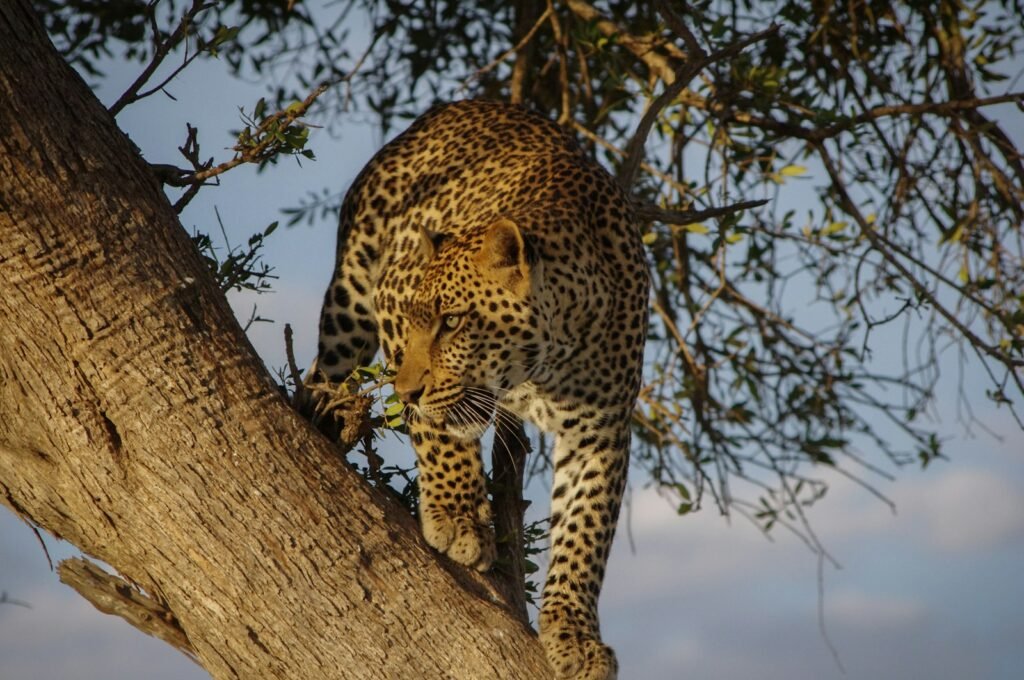
Several successful rewilding efforts can offer valuable lessons for big cat reintroductions. In countries like Switzerland and Germany, rewilding projects have successfully reintroduced the Eurasian lynx, which are now thriving in some regions. These projects typically involve extensive stakeholder engagement, habitat restoration, and continuous monitoring, providing a blueprint for future efforts.
The Legal and Policy Framework
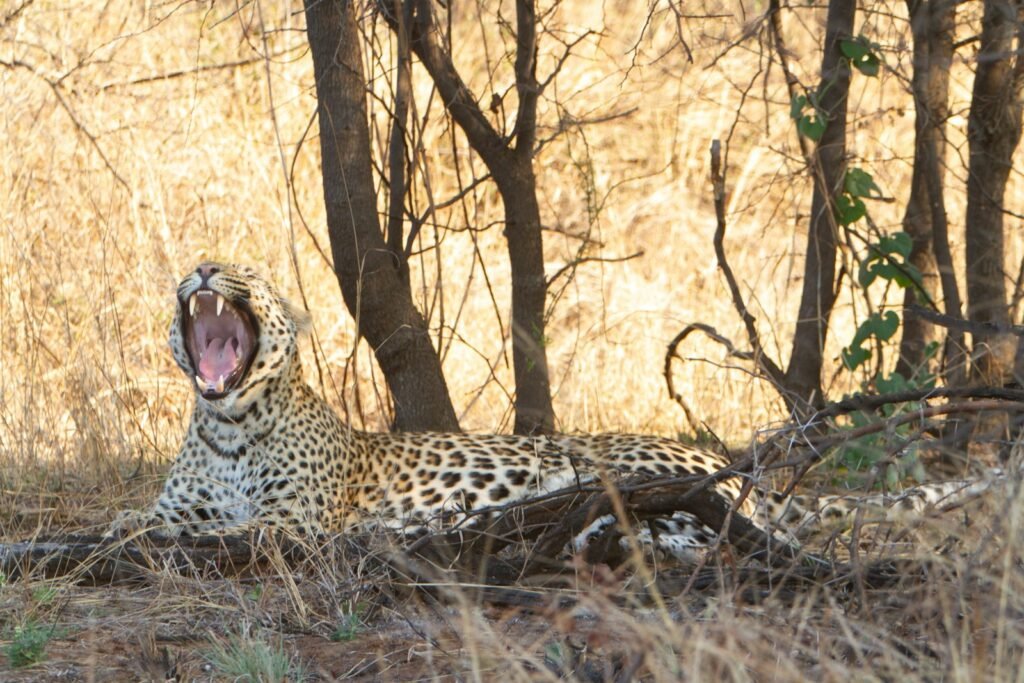
The rewilding of big cats in Europe is influenced by a complex web of legal and policy frameworks. The European Union’s Habitats Directive and various national regulations set the stage for conservation actions, influencing how and where rewilding can occur. International agreements like the Convention on Biological Diversity also play a role in guiding rewilding initiatives, highlighting the importance of international cooperation in conservation.
Public Perception and Community Involvement
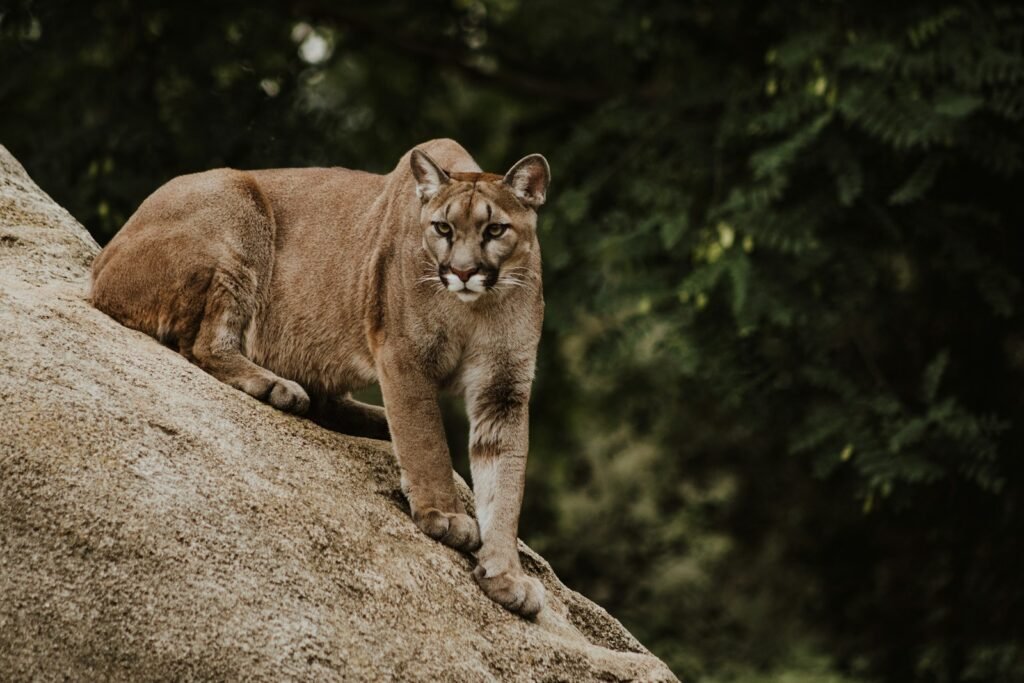
Public perception and community involvement are vital components of successful rewilding projects. Local support can make or break rewilding efforts, requiring transparent communication and the involvement of all stakeholders. Initiatives that integrate educational campaigns and benefit-sharing strategies with local communities have shown greater success, reducing conflicts and fostering positive attitudes towards wildlife.
The Future of Big Cat Rewilding in Europe

The future of big cat rewilding in Europe will depend on overcoming current challenges and building on successful models. This involves enhancing habitat connectivity, securing long-term funding, and improving stakeholder engagement. With the growing awareness of biodiversity’s importance, there is potential for expanding rewilding efforts, which could reshape Europe’s landscapes and drive a new era of conservation.
Conclusion

Rewilding big cats in Europe is a complex yet potentially rewarding endeavor. It involves navigating ecological, social, and political landscapes to restore these magnificent predators to their rightful place in the European ecosystem. As Europe continues to grapple with biodiversity loss and ecological imbalance, rewilding projects offer a hopeful avenue for restoring nature’s integrity and beauty.
Hi, I’m Bola, a passionate writer and creative strategist with a knack for crafting compelling content that educates, inspires, and connects. Over the years, I’ve honed my skills across various writing fields, including content creation, copywriting, online course development, and video scriptwriting.
When I’m not at my desk, you’ll find me exploring new ideas, reading books, or brainstorming creative ways to solve challenges. I believe that words have the power to transform, and I’m here to help you leverage that power for success.
Thanks for stopping by, Keep coming to this website to checkout new articles form me. You’d always love it!






